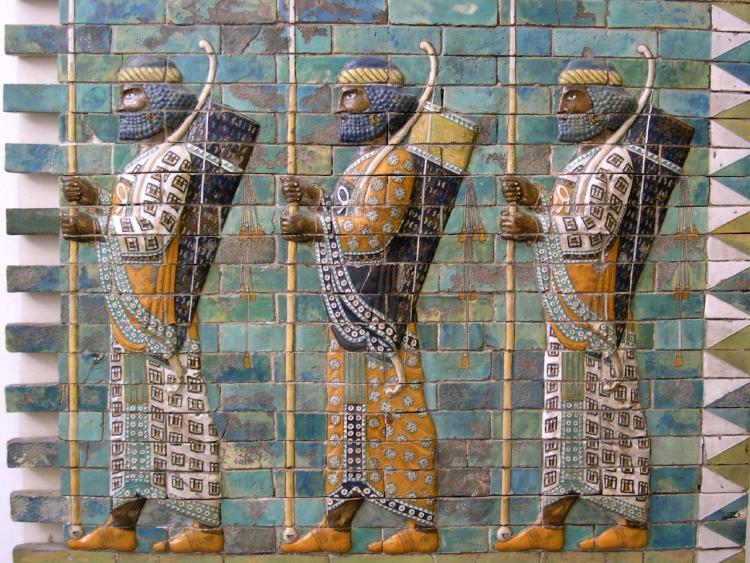(Read more in the CU Arts & Sciences Magazine)
Archaeology, Imperialism, and
What It Means To Be Human
Professor Elspeth R. M. Dusinberre
112th Distinguished Research Lecturer
Tuesday, May 1, 2018, 4:00
Glenn Miller Ballroom
Imperialism had major impacts on people living in antiquity, even as it does today. Many of the problems faced by people living in or next to an empire remain fundamentally similar even if solutions to those issues change with time, geography, and cultural background. The evidence available for considering past imperialism includes texts, art, architecture, and the detritus of everyday life — and thus provides insight into the concerns and actions of people from all walks of society. This lecture focuses on the Achaemenid Persian Empire (ca. 550-330 BCE) during the first half-century of its duration. The largest socioeconomic entity the world had yet seen, during its heyday the Achaemenid Empire reached from the Aegean to the Indus, from Egypt to the Central Asian Republics. Persian dynasts ruled until Alexander the Great's conquest. A vast archive of government receipts combines with the splendid sculptures of the royal palaces at the capital city, Persepolis, to provide insight into the rhetoric and reality of imperial administration at its core. At the same time, archaeological and historical evidence from Anatolia (roughly modern Turkey) allows us to see the effect of empire on the peoples of the realm. The imperial structures of the Achaemenid Empire had lasting influence, forming a basis of government for the Hellenistic kings and then Rome. Understanding how the Achaemenid Empire worked, the processes and effects of imperialism, can — if we wish — allow us a different glimpse into our own lives as well.

